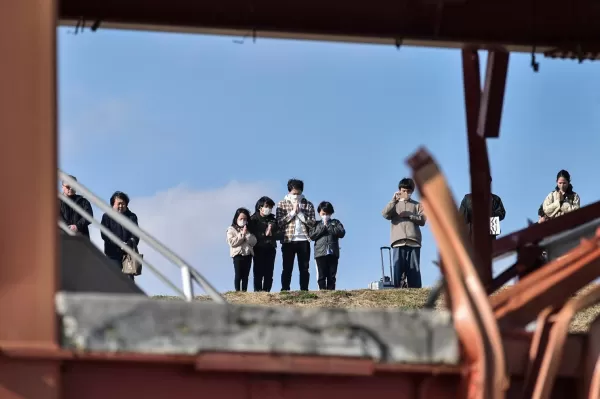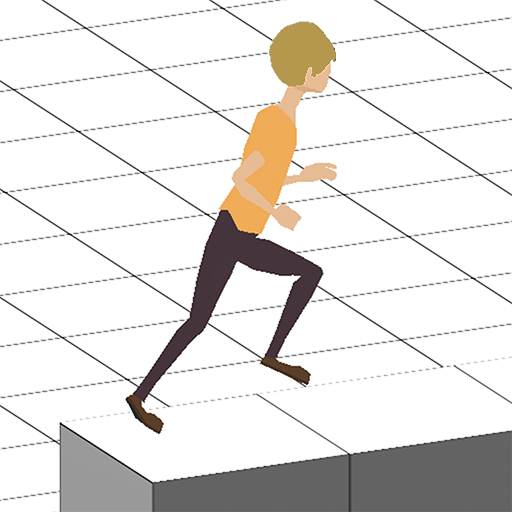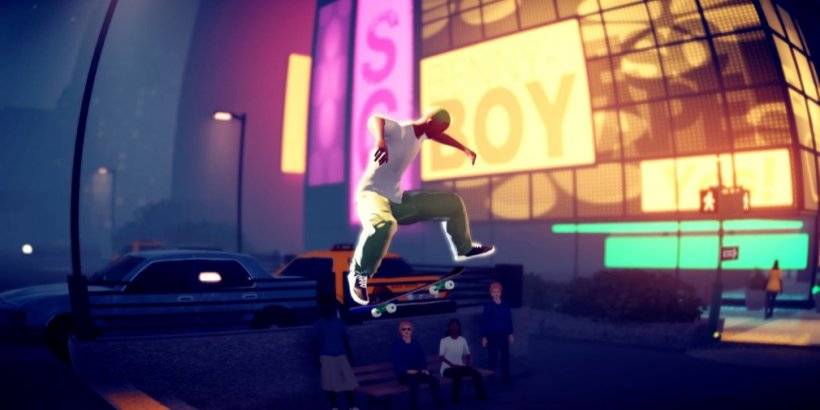July 2025 Manga Predicts Japan Disaster, Sparks Fear of 'The Big One', Holiday Plans Cancelled
Over the past few weeks, a once-obscure manga titled "The Future I Saw" (Watashi ga Mita Mirai) by Ryo Tatsuki has surged into the spotlight in Japan and abroad. The manga, which claims that Japan will face a massive natural disaster in July 2025, has sparked widespread discussion and concern, leading some to cancel their summer travel plans to Japan. The manga's influence has been amplified by social media and has even intertwined with an upcoming Japanese horror movie, further fueling public interest and panic.
Originally published in 1999, "The Future I Saw" is a unique blend of Tatsuki's personal dream diaries, which she has kept since 1985, and her own character within the narrative. The 1999 edition's cover features Tatsuki's character with a hand covering one eye, surrounded by postcards symbolizing her visions, one of which eerily predicted the March 2011 Tohoku Earthquake and Tsunami. This prediction resurfaced the manga after the disaster, driving up the value of the out-of-print book on auction sites.
 In 2021, Tatsuki released an updated version, "The Future I Saw: Complete Edition," where she added a new premonition: a tsunami three times larger than the one in March 2011 is set to strike Japan in July 2025. Given her previous accurate prediction, this new forecast quickly went viral across Japanese social media platforms.
In 2021, Tatsuki released an updated version, "The Future I Saw: Complete Edition," where she added a new premonition: a tsunami three times larger than the one in March 2011 is set to strike Japan in July 2025. Given her previous accurate prediction, this new forecast quickly went viral across Japanese social media platforms.
The impact of Tatsuki's prediction on tourism has been significant, particularly in Hong Kong, where the manga is available in translation. Reports from Sankei Shimbun and CNN indicate that some superstitious individuals are opting out of traveling to Japan this summer. Additionally, Hong Kong-based fortune-teller Master Seven has reinforced Tatsuki's prediction, warning of heightened earthquake risks between June and August 2025.
Japanese TV channels have been covering the reactions of Hong Kong-based airlines to these predictions. ANN News and other stations reported that Hong Kong Airlines canceled its weekly flights to Sendai, a city severely affected by the 2011 earthquake. Similarly, Greater Bay Airlines reduced its direct flights to Sendai and Tokushima from May to October due to decreased demand, attributed to the disaster predictions and economic uncertainties. In response, Miyagi Prefecture Governor Yoshihiro Murai, in a press conference at the end of April, dismissed the predictions as lacking scientific basis and encouraged tourists to disregard them.
The heightened media attention on "The Future I Saw" has not only boosted its sales, with the Complete Edition selling over 1 million copies by May 23 but has also coincided with the promotion of an upcoming Japanese horror movie titled "July 5 2025, 4:18 AM," set to premiere on June 27. The film, which draws inspiration from Tatsuki's July 2025 earthquake prediction, follows a protagonist whose birthday falls on July 5. Misinformation on social media has led some to believe the movie's title indicates the exact date of the predicted disaster, prompting the publisher Asuka Shinsha to issue a statement clarifying that Tatsuki did not specify the date and time mentioned in the movie's title.
Japan's frequent natural disasters, ranging from earthquakes and tsunamis to floods and landslides, provide a backdrop of genuine concern that Tatsuki's premonition taps into. Seismologists estimate a 70-80% chance of a Nankai Trough megaquake within the next 30 years, as reported by Asahi News and Kobe University. The government's recent update on the projected death toll for such an event, expected by the end of March 2025, has reignited discussions about disaster preparedness. Despite these scientific forecasts, the Japan Meteorological Agency labels specific earthquake predictions as "hoaxes" on its homepage, emphasizing the impossibility of accurately predicting the exact timing and location of such events.
On social media platforms like X, many Japanese-speaking users have criticized the media's coverage and the resulting panic. One user commented, "It's stupid to believe in disaster predictions from a manga. The Nankai Trough quake could happen today or tomorrow." Tatsuki herself has addressed the public's reaction, expressing satisfaction if her manga has increased disaster preparedness but cautioning against being "overly influenced" by her premonition and encouraging people to follow expert advice, as reported by Mainichi Shimbun.



























